AKG C12A tube condenser microphone
The AKG C12A was introduced in 1962 as the successor of the famous C12.

AKG C12 - Siemens SM204/23
Markus Sauschlager
The major design goal was miniaturization while keeping the main features of the C12 - noisefree remote switchable polar patterns from omni to figure eight with constant frequency response and sensitivity and an integrated swivel mount. This was achived by the use of a subminiature "Nuvistor" vacuum tube. It is only a fraction in size compared to the 6072 tube used in the C12.
The sound transducer - the "brass CK12 capsule" - remained the same and is responsible for the excellent sound quality.
The distincive visual design of the AKG C12A became world famous and has been used to the present day in the C414 product family.
This design was created by Konrad Wolf, one of AKG´s brightest minds. When showing his design sketch to his collegues everybody just laughed at it, thinking it was rubbish. Incidently an US-Amercian distribution partner happened to see the sketch and just loved it. That signed the birth of one of the most famous microphone shapes ever.
The C12A was manufactured until 1973/74. From ca. 1970 on the CK12 brass capsule was coated with red polyurethane laquer to improve moisture resistance, giving it the typical appearance of 1970´s brass CK12 capsules also found in other AKG large diaphragm condenser microphones of that period - C24, C12B, C412 and C414comb.
The C12B was a close relative to the C12A technically. It featured an additional -10dB PAD switch. The mechanical construction was a bit different though. The grillecap construction of the C12A was very sturdy and aesthetically sophisticated but very difficult to manufacture. Only two AKG craftsmen were able to build it in the desired quality - and both were awaiting soon retirement. So the grille assembly had to be redesigned. It was then used in the C12B, C412 and C414comb models. The grille halves were fitted into an injection molded plastic frame that had to be painted with conductive laquer to achieve proper shielding.
The housing construction was changed again for the C414EB since it had to accommodate three
switches. The integrated swivelmount connector was replaced with an XLR socket. The grille was again all metal and more similar to the C12A again. This construction remained unchanged for nearly 30years to come.
Related info:
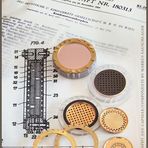
Patent AKG CK12 brass capsule
Markus Sauschlager
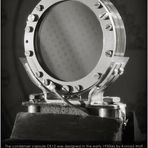
AKG CK12 (ck12 brass capsule) general info
Markus Sauschlager
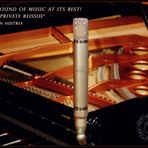
Austrian made C12 reissue 2018
Markus Sauschlager
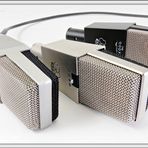
AKG C414
Markus Sauschlager
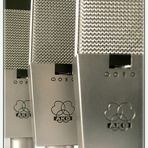
AKG C414EB Condenser microphone
Markus Sauschlager
Many C12A, C12B and C414 microphones had their precious AKG CK12 brass capsules harvested over the years - they usually were replaced with the inferiour and cheaper AKG "Nylon"-CK12.
Today various replica-capsules in the style of the original brass-CK12 are commercially offered by independent makers. They can be used to bring those altered microphones closer to their original sound. Offerings include: Tim Campbell CT12 - Denmark, Eric Heiserman HK12 - USA, Beesneez CK12 - Australia
.
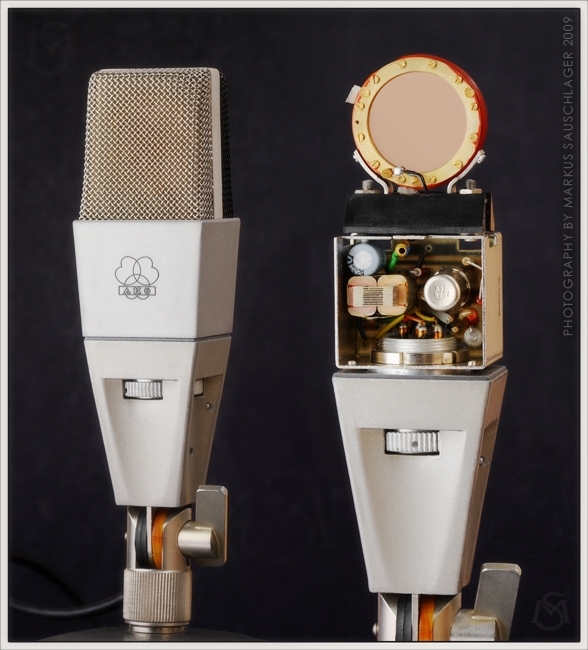









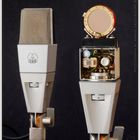
Commenti 0
Cancella commento
Eliminare commento e risposte